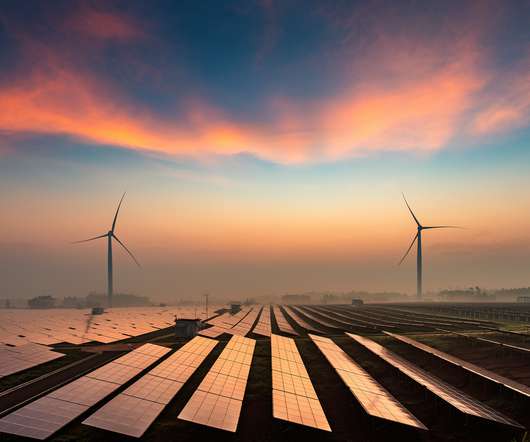Asian Development Bank providing $300M towards replacing 100K gasoline trikes with E-Trikes in the Philippines; $300M for major road upgrades in Chhattisgarh, India
Green Car Congress
DECEMBER 11, 2012
The Asian Development Bank (ADB) is providing $300 million towards a project that will replace 100,000 gasoline-burning tricycles in the Philippines with electric tricycles, or E-Trikes. Without intervention, the Philippines is on a course to almost quadruple CO 2 emissions in less than 25 years, the ADB said. million.












Let's personalize your content